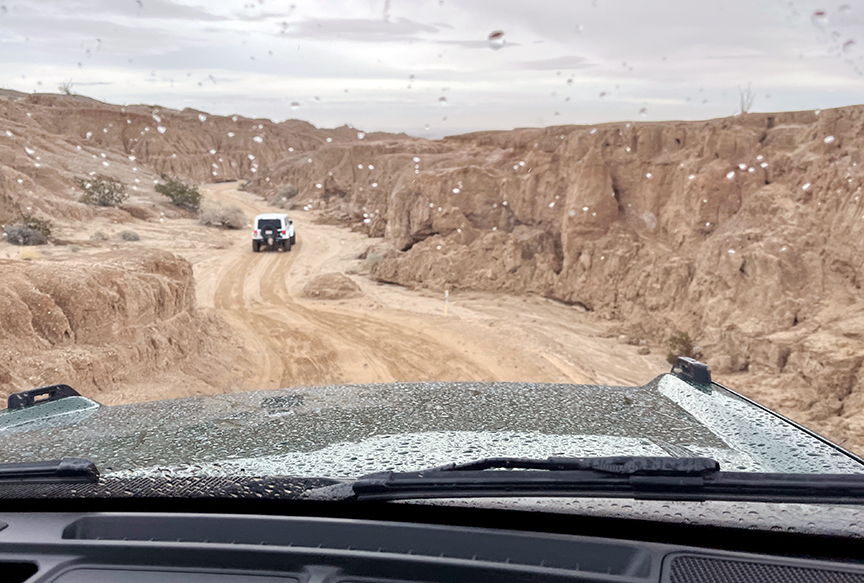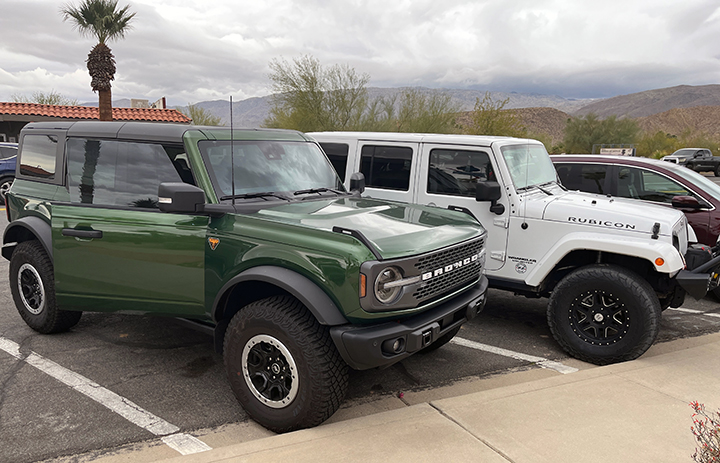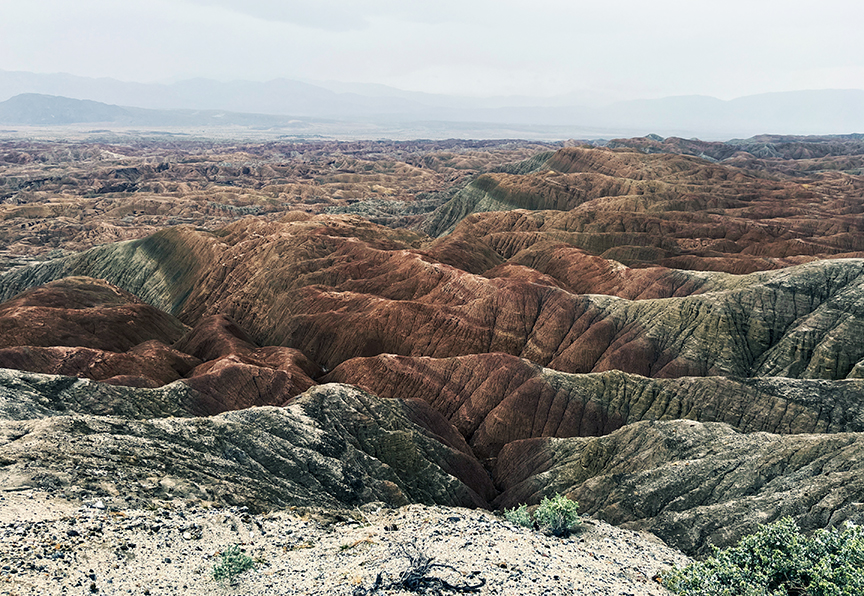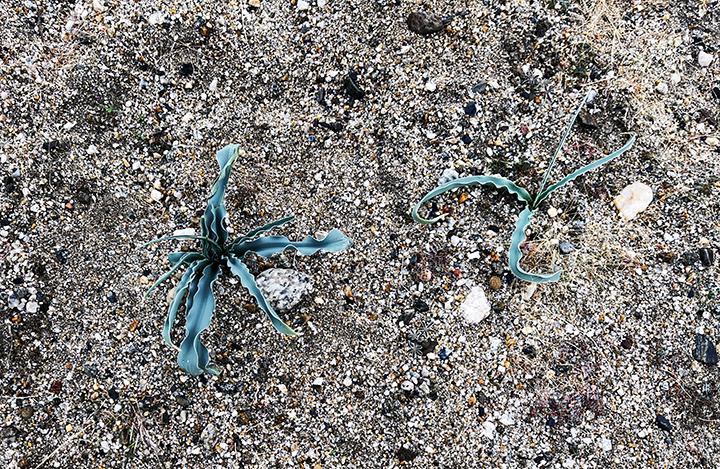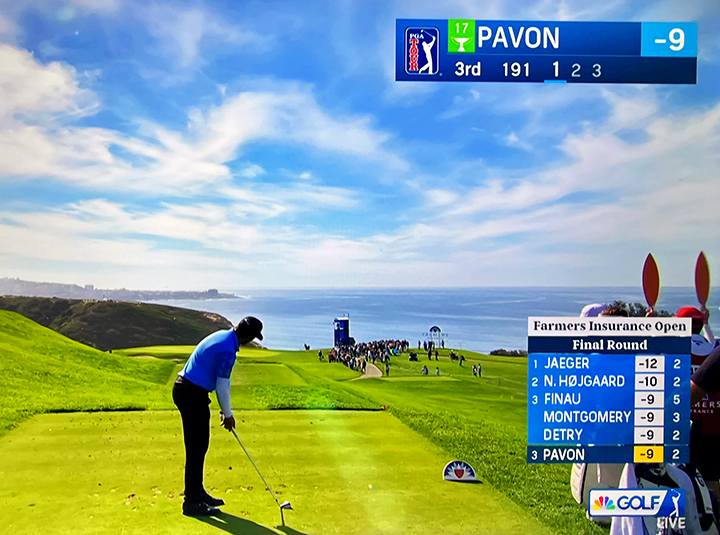
Matthieu Pavon came from behind to win the 2024 Farmers Insurance Open (FIO) on January 27 and become the first Frenchman since World War II to win on the PGA Tour.
As the photo above shows, Pavon was three strokes behind when he teed off at the 3rd hole (where I was once again hole captain). After hitting an incredible shot to the 18th green from the deep rough, he sank an eight-foot putt for a birdie, a three-under-par round of 69, and a one-stroke win over Denmark’s Nicolai Hojgaard. It was his only birdie on the the back nine.
Pavon and Hojgaard are not what you would call “household names” in golf. They were among several golfers new to the tournament this year, replacing several more well-known golfers who didn’t play the tournament this year.
(I’m going to throw in some photos, not so much related to the text, but to offer some visuals.)
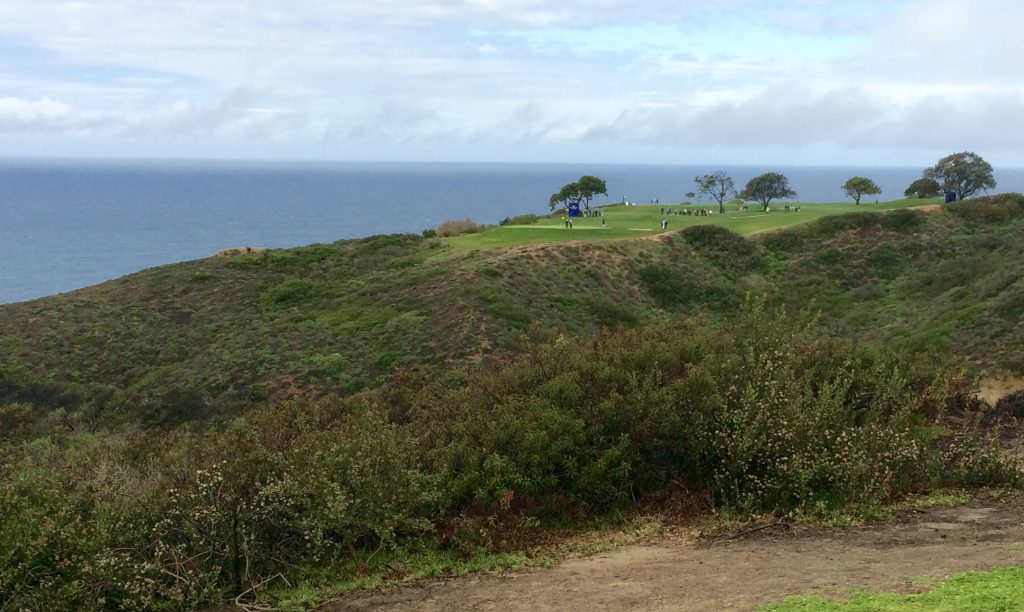
I found it particularly striking that, during the final two rounds, the leading three groups of nine players contained only three American golfers and the final group was all Europeans.
Professional golf, as are several other sports, is changing dramatically and the Farmers this year reflected that change. The changes, I fear, may significantly lessen the tournament’s attractiveness to players and fans and perhaps even threaten its future.
The tournament was first dealt a blow in 2022 when it had to shift from the Thursday-Sunday schedule that every other PGA tournament followed to a Wednesday-Saturday schedule. The reason? Oddly, perhaps, the National Football League.
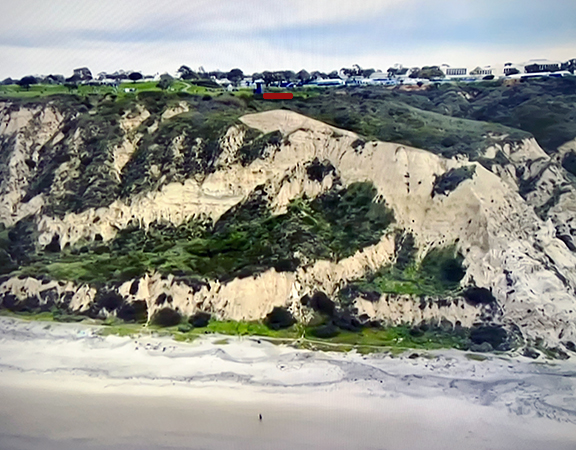
Before 2022, the Farmers was played on a fortuitous weekend for attention and television viewership. It was played on the weekend between the NFL conference championships and the Super Bowl with no football competition. (Don’t know if true, but I had been told when I started volunteering that the Farmers was the most-watched PGA tournament outside of the majors.)
Then the NFL added a 17th regular season game, pushing the conference championships to the weekend normally open to the FIO. CBS televised the Farmers, but also one of the Sunday NFL games. The Farmers had to lose its Sunday final round.
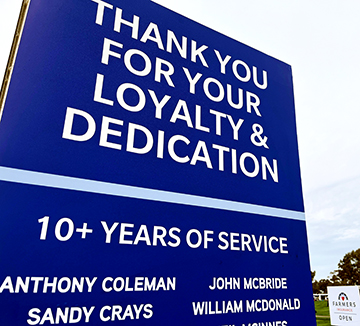
Then, this year, with competition from the LIV golf tour that attracted several major PGA players, the PGA agreed to designate several tournaments as “signature” events, with much larger purses and no cuts after the first two rounds. Fewer players qualified for such tournaments and they were the top-rated players.
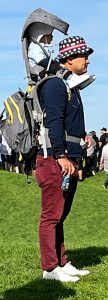
This year, the Farmers had only 20 of the top 50 players in world rankings and only three of the top 10 — Xander Schauffle (who’s a local), Patrick Cantlay, and Max Homa. It wasn’t a “bad field.” It included nine winners of majors.
The total purse available at this year’s Farmers was $9 million, with Pavon receiving $1.62 million for winning. The AT&T Pebble Beach Pro-Am, which took place the following week, had a total purse of $20 million, with the winner walking away with $3.6 million.
Also, Farmers Insurance has announced they will end their sponsorship of the tournament in 2026. The tournament has been organized by the Century Club of San Diego, a charitable organization formed in 1961 to broaden the appeal of the annual golf tournament that provides monies for local charities. Since the late ’60s, when it was known as the Andy Williams San Diego Open, it has also been sponsored by Isuzo Motors, Shearson Lehman Brothers, and, for 16 years, by Buick.
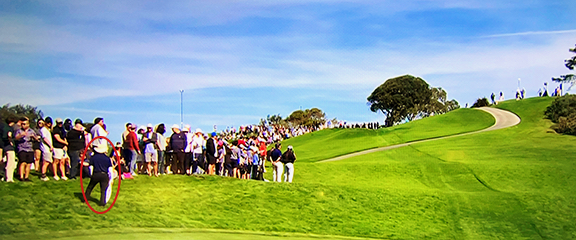
I enjoyed working with my crew of marshals, most of them returning from previous years. And it was fun to work with a couple of new folks. We took a group shot of most of the crew, as well as a couple of folks from Competition Support assigned to our hole.
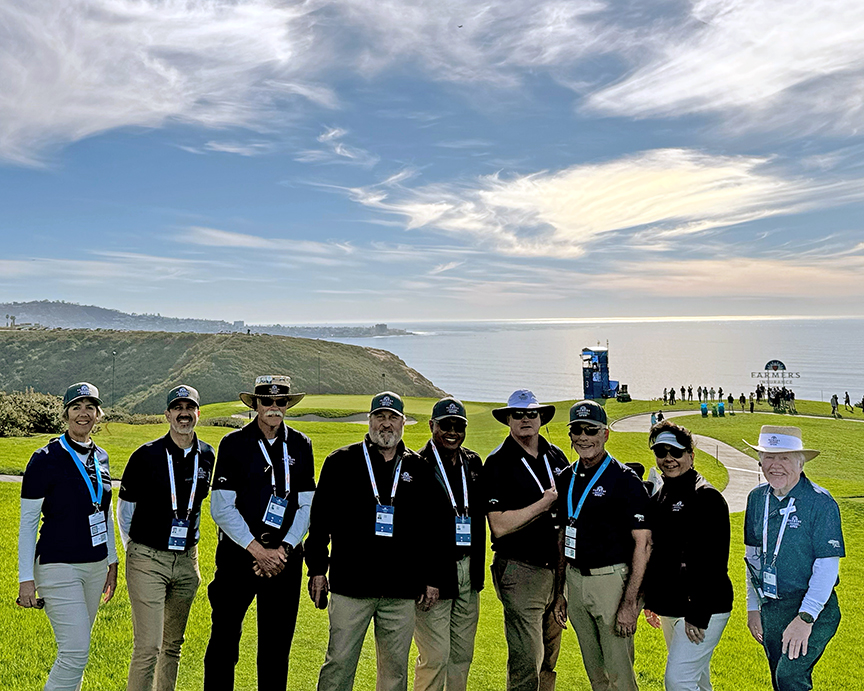
As usual, the tournament was my most concentrated period of exercise. I was there five days (the pro-am was Tuesday) and walked a total of 45,639 steps (about 20 miles), climbing 53 “flights.” The number of steps was estimated to be about the same as 11.8 crossings of the Golden Gate Bridge and 8.1 laps around the Daytona International Speedway. Slept well.

